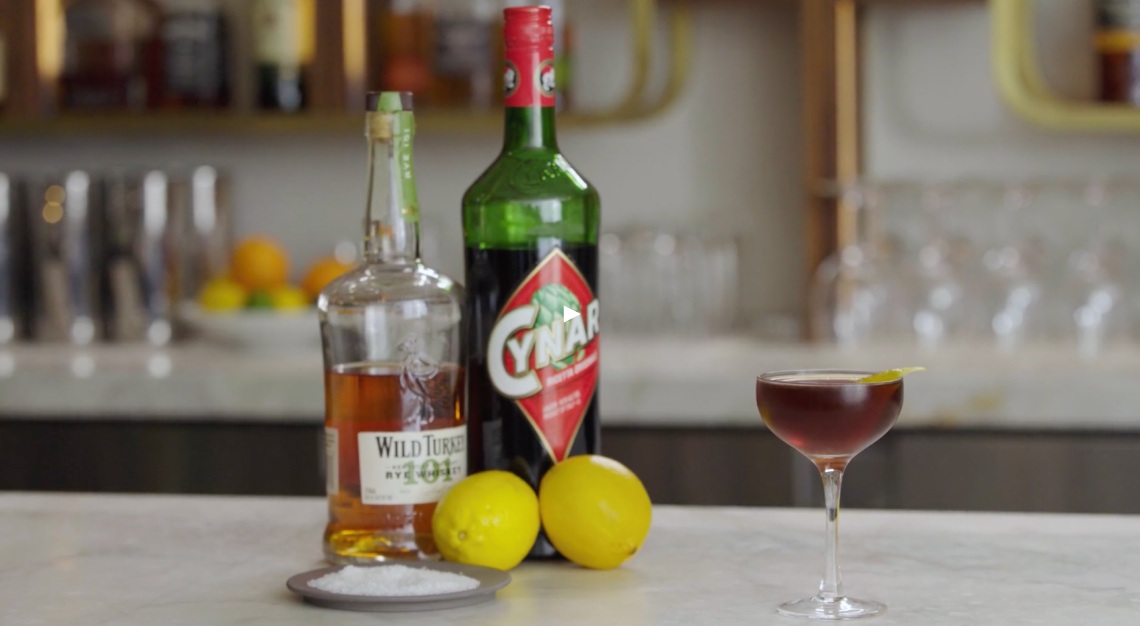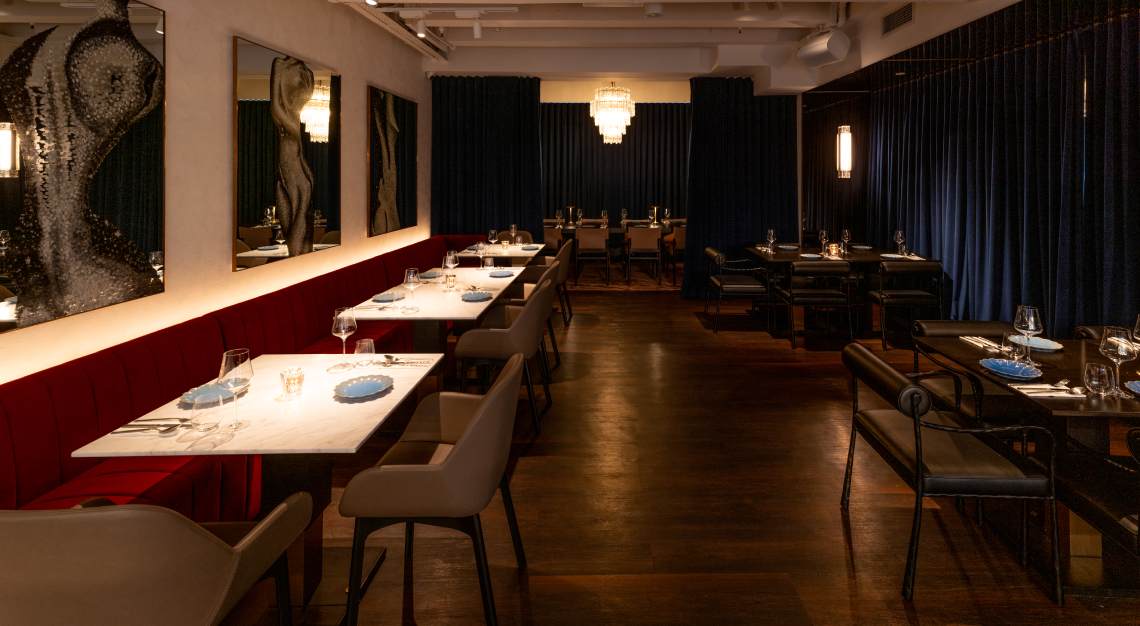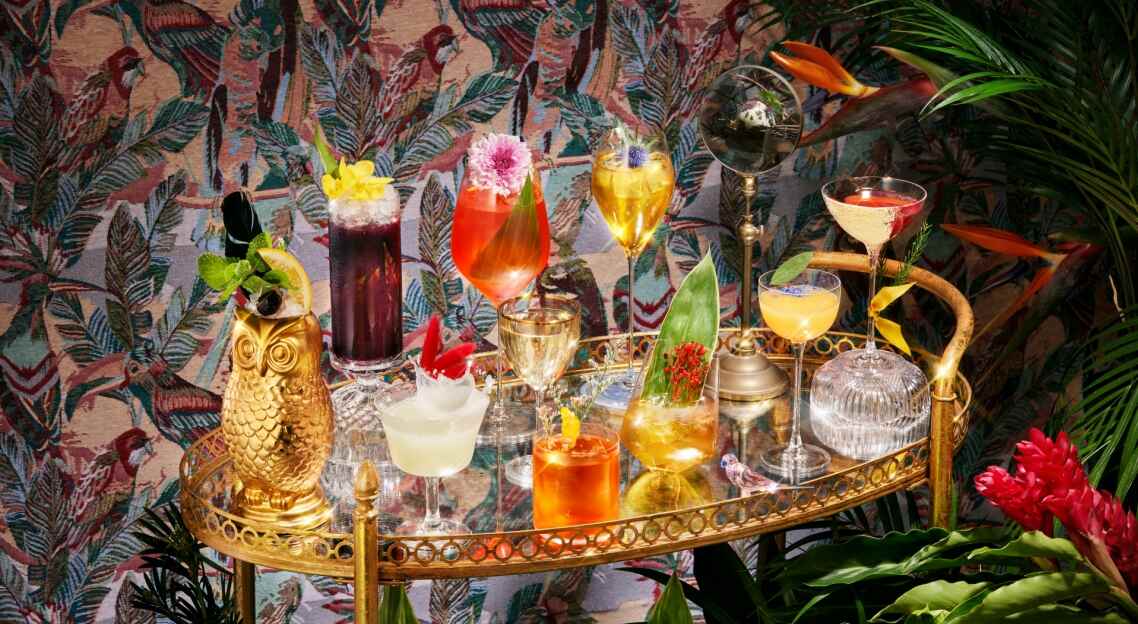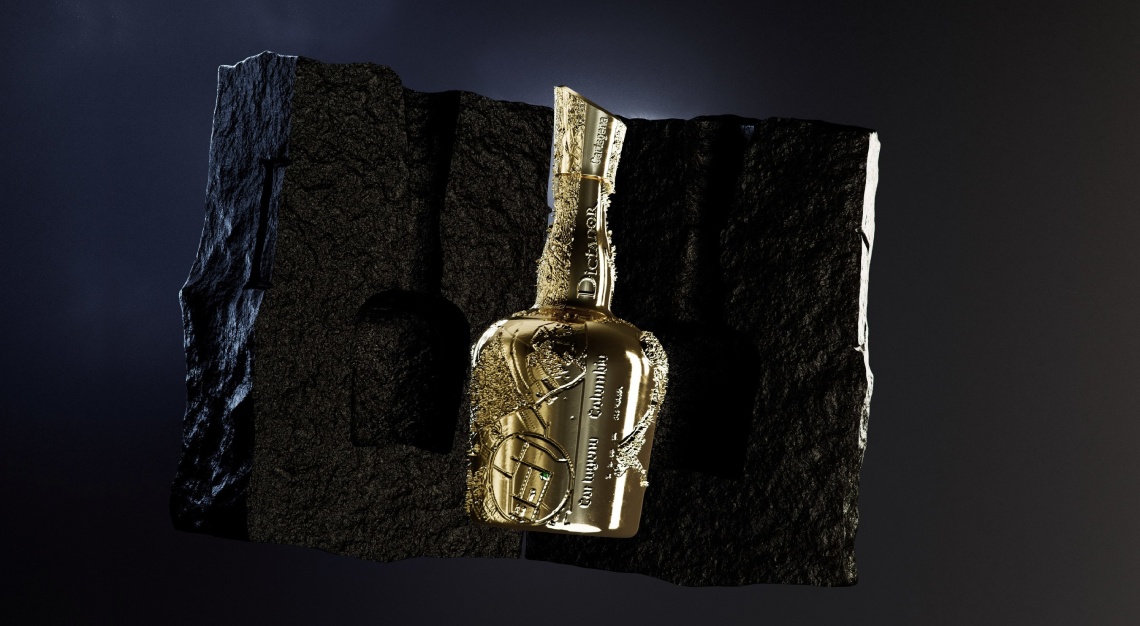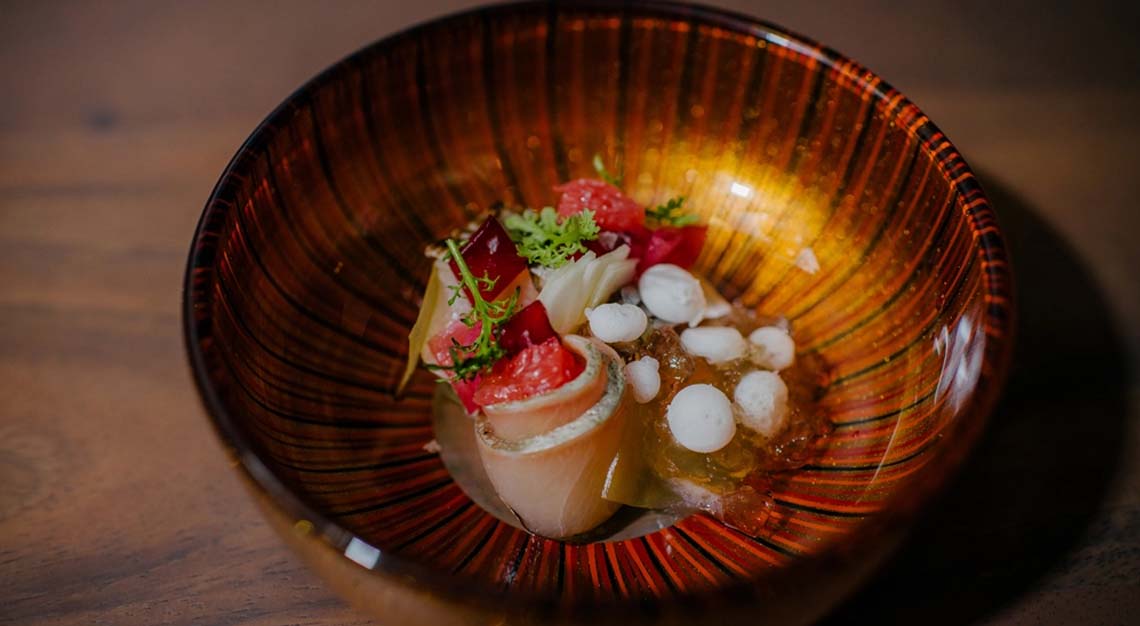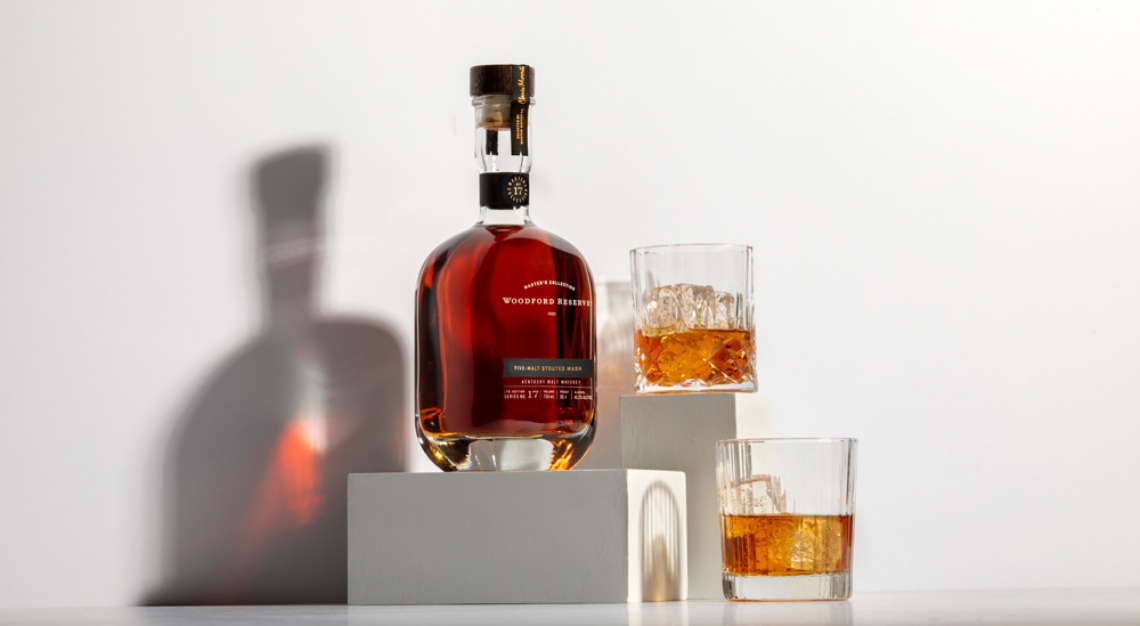It’s bitter, it’s savory, it’s weird, it’s delicious
We talk about the names of cocktails a lot in this space, and the reason we do is that they matter more than you might think. Forget national fame—even on the single bar’s menu, a drink simply won’t get ordered much if it’s called “Broad Shoulders” or “Lord Byron’s Muse,” which are both actual examples of good cocktails I’ve worked with that were under-loved because they had such stupid names. On one hand, the drink is the drink no matter what you call it. On the other, the whole reason cocktail names exist is to signal the would-be imbiber, to offer a coded sense of what the drink will be like.
Some part of you already knew this because it’s intuitive. This can be literal (a “Mule” has a kick, the Penicillin is medicinal, the Bitter Tears is bitter) or simply evocative: A Shirley Temple is sweet and childish. Conversely, if you have a bright-pink Martini on your menu and you call it “The John Wayne,” one could only assume you’re doing it specifically to piss people off.
I say all that to say this—if you see a cocktail called “Growing Old and Dying Happy is a Hope, Not an Inevitability,” what are you expecting from that drink? And just to give you a peek at the last page, I’ll go ahead and tell you that what you’re imagining is pretty much exactly what the cocktail is like.
Weighing in at 11 words (and a comma!), I realise this sounds like a Camus quote or a Fall Out Boy song or something, but the Growing Old and Dying Happy is a Hope, Not an Inevitability, but comes to us from a couple bartenders in New Orleans, Maksym Pazuniak and Kirk Estopinal, in 2009. The duo, working together at the now-legendary bar Cure, had become fed up with the persistent sameness of the cocktail world, and set out to prove that the rules we all tend to follow—everything from when to stir/shake to what base spirits are even allowed to be—are, to lift a line from everyone’s favourite pirates, more like guidelines than actual rules. Successful in their early attempts, they sent out a call to their bartender friends for similarly bizarre drinks, and collected them and a bunch of originals in a brief little pamphlet they called Rogue Cocktails (which, because of uninteresting legal nonsense, was updated and reprinted as Beta Cocktails).
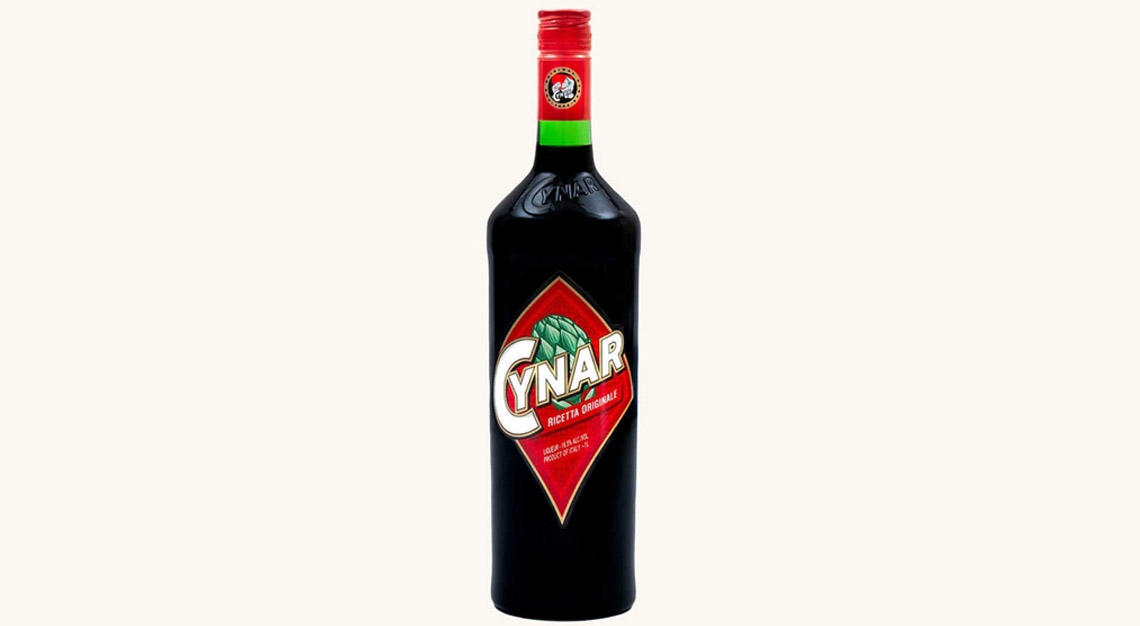
The Growing Old…etc. is one of these, an original of Pazuniak. To start with, it uses, as a base spirit, Cynar (“Chee-nar”), a low-ABV, vegetal, resoundingly bitter liqueur, which is flavoured with, among other things, artichokes—as a base still an unusual choice now, but in 2009, it was practically heresy. This is spiked with an ounce of rye whisky, making the proportions a kind of inverse-Manhattan. It then enjoys not one but five lemon peels, to be expressed-on and stirred-with the ice, a spritz of absinthe, and, in a further bizarre flourish, a pinch of salt.
If salt was at the bar at all, it was exclusively for Margaritas. No one put salt in stirred drinks. Nonetheless, they tried it and found it worked brilliantly. “The theoretical underpinning of the salt application in this cocktail was the idaea of ‘seasoning’ the artichoke essence of the Cynar,” Pazuniak wrote. After a brave foray into Hervé This’ heady Molecular Gastronomy, he discovered salt can lift the aroma of liquids, and reduce bitterness even more than sugar does. The salt here makes it so the Cynar isn’t too bitter, allowing the round savoury caramel notes to shine out of the liqueur, while the absinthe and ample lemon oil provide brightness, and the rye helps dry the whole thing out.
Like its name, this drink is weird and dark, and completely new. It’s bitter and savoury with real brightness to match, strong enough to not be too sweet, and resonant in its complexity. It’s one of my absolute favourites from their little book and I could go on and on, but it suffices to say that if you read “Growing Old and Dying Happy is a Hope, Not an Inevitability” on a cocktail menu and it still sounds like something you want to try, I can say with confidence that it’s the perfect drink for you.
Growing Old and Dying Happy Is a Hope, Not an Inevitability
- 59 millilitres Cynar
- 30 millilitres rye whisky
- 2-5 lemon peels
- Pinch of salt
Add liquids and salt to a mixing glass and stir a bit to dissolve salt. Express your lemon peels so the oil goes into the liquid, then add them to the glass itself, to be stirred with the cocktail. Add ice and stir for 10 to 12 seconds (if using small ice) or 20 to 25 seconds (if using big ice) and strain up into an absinthe-rinsed coupe, and garnish with yet another lemon peel.
NOTES ON INGREDIENTS
Cynar: Accept no substitutes. You might see the black-labelled Cynar 70, which is 35 percent alcohol instead of the normal 16.5 percent, and was rolled out about a decade ago, as far as I can tell, to try to challenge Fernet on its own turf. This is not what we want. Get the standard, 16.5 percent version.
Rye Whisky: You can make this with pretty much any rye you want—as a flavour, it’s a dry, spicy accent, so the actual flavour works across styles of rye. For balance, though, I strongly prefer the 100 proof Kentucky giants, like Rittenhouse or Wild Turkey 101. If you don’t have a 100-proof rye you can still make this drink, you just might have to increase the proportion of whisky slightly if the final product reads a little too sweet.
Salt: What we do in a bar situation is to make a 1:4 salt to water tincture, then put it in an eye dropper and use, here, about five to seven drops. I honestly recommend this, even for home work, because it’s incredibly easy and precise and it’ll never go bad. If that sounds like too much work to you, just use a small pinch of salt. You don’t need much.
Absinthe: As New Orleanians, I suspect they would’ve used the homespun absinthe substitute Herbsaint, which even if they hadn’t used, I’m sure would be fine. The absinthe is here to add a piquant licorice zing to contrast with such lumbering low tones, and pretty much any absinthe will achieve this.
This story was first published on Robb Report USA
